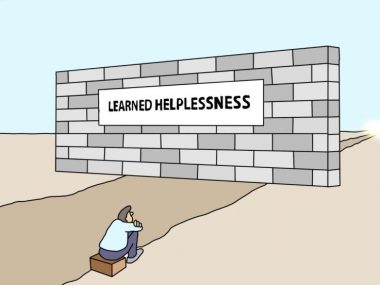Ladies and gentlemen, why does cutting onions make you cry? There is a chemical process; Lachrymatory-factor synthase is released into the air when an onion is cut, synthase enzyme converts the amino acids sulfoxides of the onion into sulfenic acid. The unstable sulfenic acid rearranges itself into syn-ropanethial-S-oxide. Syn-propanethial-S-oxide gets into the air and comes in contact with our eyes causing lachrymal glands to become irritated and this produces tears. Pardon the grammar, long and short of the story is that a chemical action brought about some kind of irritation to your eyes and the reaction is that tears flow. Even though there is a scientific explanation, there are also so many superstitious and very traditional explanations for this. The moral here is that to every action there is a reaction. This write up is about producing labels professionally and it will come in two or three parts. The aim is not to discourage any method but to help understand that whichever way, we must keep to professionalism. For instance, if inkjet printed labels touches water or moisture it will fade off so please let’s always find out what the application is before deciding on which Technology to use, otherwise we will be passing the wrong message to the end user, could it be that we are not charging professionally because we also know we are not dealing with the customers as professionally as we should. Now many will ask why I am particular about producing labels professionally, it is simple the pandemic is already helping us increase sales in the label and packaging sector, though smaller quantities are demanded but we should not in any way jeopardize the coming boom… Let me start by laying some foundations. The current pandemic is going through its second stage. The first stage started with a shock, no one has ever seen anything like it, no one had an idea of how the virus operates and no one really knew what to do. The only natural response was to retreat and observe… We thought it was a doom story! And the many conspiracy theories that followed didn’t help matters. Every nation was in panic mode… At this second stage of the pandemic, we have a lot more information, we are seeing that it’s not entirely doom. But our actions of yesterday has crippled the economy of many nations…
Like that adorable boy said in the video which recently went viral, it’s time to “Calm Down”. We are beginning to see that some good can come out of the pandemic. I know that a lot of people have lost their jobs, I know that a lot of businesses have also started shutting down, and the ones not shutting down are downsizing to manage resources by the day but at the same time people are getting not only creative but also bolder, we have been pushed to the wall and it’s natural to fight back for the sake of our survival. The challenge however is how we can rebuild resources, how do we convert a doom story to boom? Can digital label printing help us? Our new normal target market is shifting to the End User, the so called FMCG – fast moving consumable goods; like the Manufacturing sector (which should begin to see some growth, because the pandemic has taught us to convert all we have learnt globally to what we can apply locally), Hospitals (The pandemic also exposed our primary and secondary medical care system, my guess is that foreign investors are waiting to leverage on this lapses, and who else should be prepared if not the label printers). Let’s look at some factors about FMCG to consider under this scope. – Increasing demand for personal care products and food and beverage which happens to be products tied to lifestyle, products that we all cannot do without is expected to drive consumption of FMCG market. The increase in demand and revenue from this products are expected as many people see the need to produce something. We can’t look beyond Food, beverage, cosmetics and toiletries – among others. It’s a known fact that Labeling is an extremely important part of marketing, this greatly influences consumer buying behaviour. With the expanding pool of brand choices in the FMCG industry, brand managers and designers have no choice but look for creative ways to attract customers. Trust me label printers need to gear up to meet this need. – The alcoholic and non-alcoholic beverage industries are witnessing a growing trend of printed labels, owing to personalization. Mass customization is taking over from mass production, and people are looking for new ways to present their products, so as to create new identities for their brand. This demand forces new labeling technologies to develop and expand continuously. – Nigeria is rich in natural resources, for example, Shea seed are being extracted to produce Shea butter cream and producers of this products are now looking at exporting to other countries, quality labels will help this happen. In similar manner, yogurts, hibiscus flower (our popular zobo), engine oil, fresh fruit juice or smoothies, just to mention a few are being produced and all definitely needs packaging. The Label printing Market is segmented by; 1. Technology – like Offset, Flexography, Rotogravure, screen and today the digital (Believe me professionally printed label has been hiding in the blind spot for obvious reasons) I hate to break this write up into parts but this will be an exception, sit back, relax and expect a breakdown of the various segments by technology, then we look at the breakdown by Types and then try to draw out some conclusions as per world trend, the aim is to position professional label printing. Ciao. Thoughts from: Akin Oduwole CE @ Technology Global




